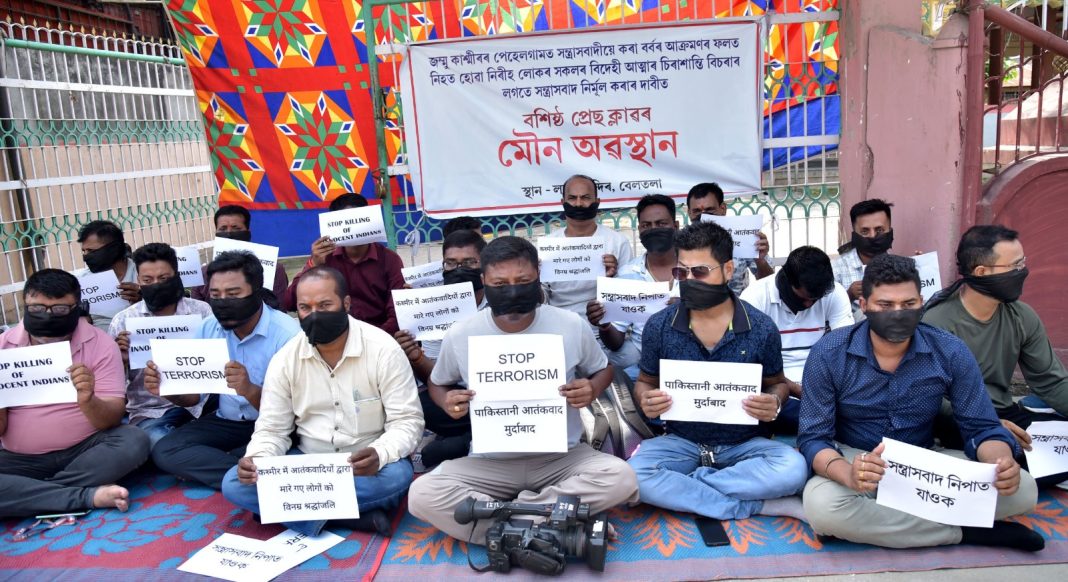
Guwahati, April 23: In a significant policy shift, the Assam government has officially withdrawn its proposal for a massive integrated Eco-Sensitive Zone (ESZ) covering around 3,600 sq. km around Kaziranga National Park & Tiger Reserve (KNP&TR) and seven adjoining protected areas.

The move comes amid concerns over unresolved land boundaries, unsettled community rights, and the socio-economic impact on nearly five lakh residents. The withdrawn plan, previously submitted to the Ministry of Environment, Forest and Climate Change (MoEFCC), aimed to create a unified ESZ across eight protected areas: Kaziranga National Park (including ten additions), Laokhowa and Burachapori Wildlife Sanctuaries, Nambor Doigrung and Nambor Wildlife Sanctuaries, Garampani, East Karbi Anglong, and the proposed North Karbi Anglong Wildlife Sanctuary.
However, Assam Chief Secretary Ravi Kota, in a letter to Union Environment Secretary Tanmay Kumar, said that several proposed additions to Kaziranga still lack finalized boundaries—some have been pending since 1985—and many local community rights remain unresolved.
“The proposed ESZ would directly affect around 5 lakh people, many of whom belong to Scheduled Tribes, Scheduled Castes, and other economically weaker sections,” Kota wrote. “Thousands depend on agriculture, tea plantations employing over 25,000 workers, and small-scale rural livelihoods that would be disrupted.”

The vast area also includes public infrastructure—schools, hospitals, irrigation networks, and two national highways (NH-37 and NH-39)—and critical industries like Numaligarh Refinery. Officials argue that imposing restrictions under such an expansive ESZ without addressing these fundamental issues could cripple development, displace communities, and trigger long-term social and economic distress.
“Given these serious concerns, the state government has decided to withdraw the proposal,” Kota said. He added that instead of a blanket approach, Assam will now pursue separate ESZ notifications for each protected area and each addition to Kaziranga. These will consider the unique ecological and human factors of each zone.
The decision means that the default 10 km ESZ radius around each wildlife sanctuary and national park will apply unless otherwise specified. The Ministry has been formally requested to consider the earlier integrated ESZ proposal null and void.
The rollback reflects a balancing act between conservation efforts and ground-level realities in one of India’s most ecologically and socially sensitive landscapes.





